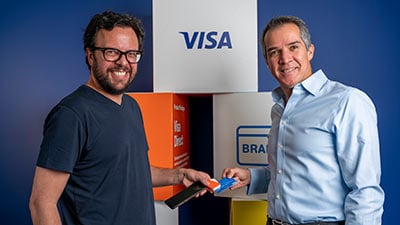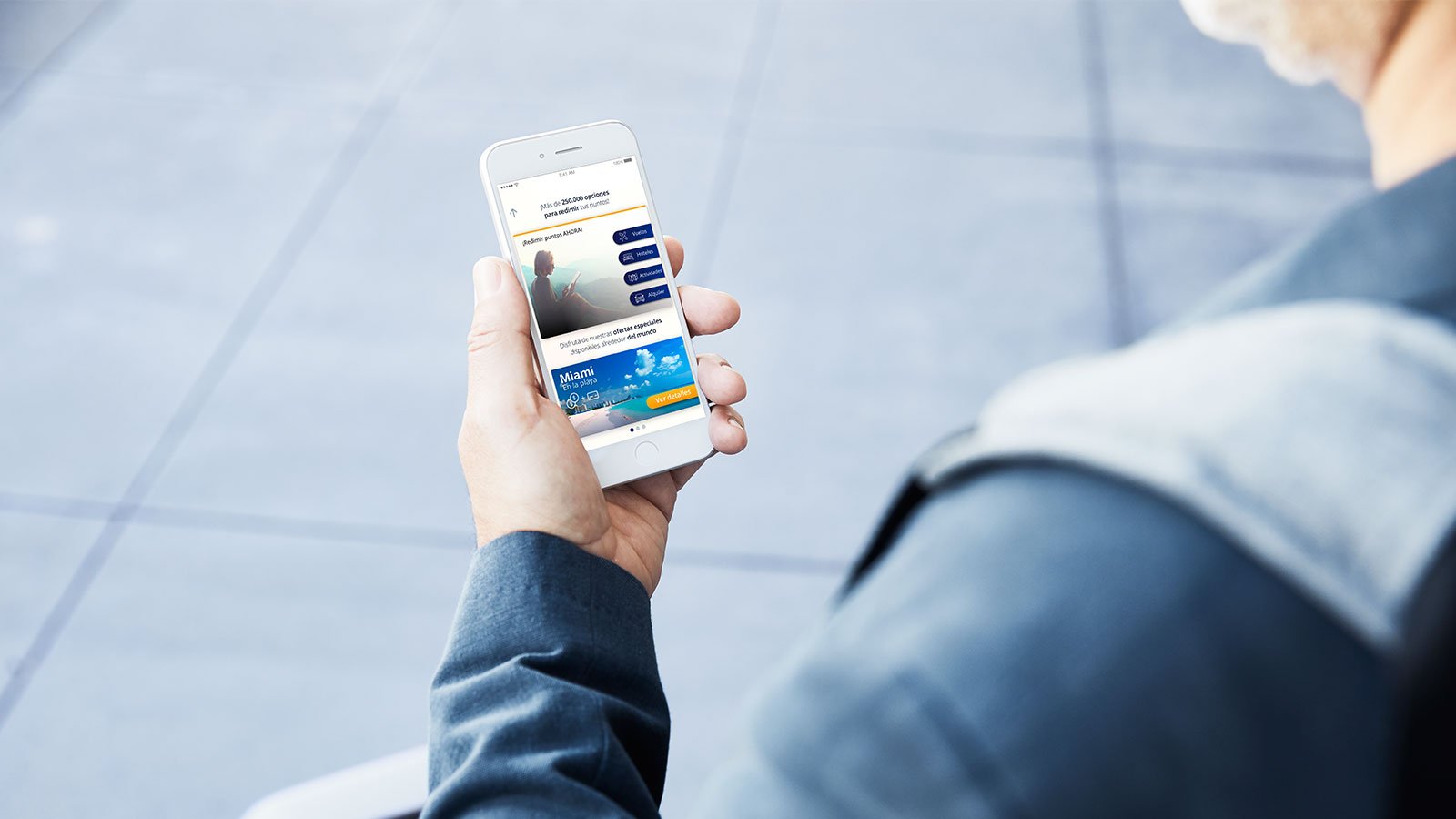MIAMI, FLORIDA (May 20, 2020) – Consumer behavior in Latin America and the Caribbean is shifting noticeably in response to the Covid-19 pandemic, favoring e-commerce transactions and contactless technologies. More than 13 million Visa cardholders transacted through e-commerce for the first time between January and March in key Latin American and Caribbean markets and for the first time in over 15 months.1This means two out of 10 active cardholders in e-commerce are “new in e-commerce” from January to March 2020, which represents up to 14% of total active Visa accounts in key markets during this period. While the full impact of COVID-19 on e-commerce penetration across Latin America is yet to be fully seen, early indications highlight a shift in consumer spend towards e-commerce.
According to a Visa study,2 while people are shopping online for many essentials, most LAC consumers feel they need to visit physical stores for certain types of purchases, where contactless technology is becoming the preferred payment choice. Visa contactless active cards have tripled in the last year in the region, with markets like Costa Rica and Chile leading the way in adoption – more than 50% of face-to-face payments in these countries are contactless.3 In 17 markets in Latin America and the Caribbean contactless face-to-face transactions exceeded the double-digit penetration in March, while in Guatemala contactless transactions represented more than 30% of total face-to-face Visa transactions.4 For the month of April, contactless transaction penetration in Colombia and Paraguay increased by over 20% versus the previous month, and in Panama 1 in every 3 transactions were with a contactless card.5
The consumer research done in April, which covered seven markets in the region, found that e-commerce and contactless payment experiences are perceived to be safer, healthier options during the pandemic. In addition to the convenience and security features that have always been integral to their value, they inherently remove touch and provide distance during the purchasing experience, just as consumers are prioritizing these factors more than ever before.
“Consumers change how they shop and pay only when they see value in doing so. The pandemic has rapidly conferred the benefits of e-commerce and contactless, influencing consumer behavior as they prioritize health, safety and hygiene both at home and when they have to go out for their purchases,” said Vanesa Meyer is Head of Innovation and Design for Visa Latin America and the Caribbean. “Visa is committed to be the best way to pay and be paid in Latin America and the Caribbean – and everywhere. That commitment is steadfast through this crisis as we support the safest and most secure ways to make payments whether from consumers’ homes or businesses via e-commerce or at the point of sale.”
The study surveyed 400 consumers in Argentina, Brazil, Chile, Colombia, the Dominican Republic, Peru, and Mexico to explore how the pandemic has affected spending and payment attitudes and perceptions in Latin America and the Caribbean during the outbreak period.
Cash displaced as Covid-19 accelerates purchasing trends
Though LAC has traditionally been a cash driven economy, the pandemic has pushed digital payments and online shopping to become a more frequent part of people’s lives, accelerating the pace of cash displacement in the region, while contactless technology is growing in preference. Additional insights from the Visa consumer perceptions study include:
• Digital payments have emerged as the preferred method of purchase. Over the past three months, debit cards were chosen as the preferred method 72% of the time, followed by credit (63%), and only then cash (44%).
• Consumer-centric payments (more digitally-driven – online, mobile wallets, cards, peer-to-peer, etc.), were already trending, but since the start of the pandemic there has been an increase in digital wallets and person-to-person (P2P) payments, which was the preferred method of payment by 12% and 30% of consumers, respectively.
• 17% of LAC consumers surveyed used ‘tap to pay’ (contactless) for their last purchase, preferring this technology – when available. Many markets are still in the process of implementing contactless technology.
• Consumers are finding online shopping not only to be safer (39% said ‘avoiding contact’ was their criteria for shopping online), but also 26% of respondents said it was a more convenient way to purchase goods and services.
• Consumers surveyed shared their spending shifts, 59% are buying more home cleaning products and 47% are purchasing more streaming services when compared to their consumption before the pandemic.
Qualitative aspects of the research provided insight into consumer’s moods, indicating, for instance, that consumers perceive card transactions as more hygienic and fear cash may carry the COVID-19 virus. And even when using cards, consumers are anxious about touching terminals or handing their plastics to cashiers, prompting the preference for contactless.
The momentum behind e-commerce and contactless in Latin America and the Caribbean mirrors global trends Visa has identified. According to Visa’s 2019 Global Commerce Unbound Report, over 50% of payment choice drivers are about human-centered needs, from control and convenience to simplicity and personalization. Globally, one in every three transaction at checkout that runs over Visa’s network is contactless, versus one in every four in Q1 FY19. At the end of the second quarter of Visa fiscal year (January through March 2020), almost 60% of face-to-face transactions excluding the United States were contactless and tap-to-pay transactions grew over 40% year-over-year globally
About Visa Inc.
Visa Inc. (NYSE: V) is the world’s leader in digital payments. Our mission is to connect the world through the most innovative, reliable and secure payment network - enabling individuals, businesses and economies to thrive. Our advanced global processing network, VisaNet, provides secure and reliable payments around the world, and is capable of handling more than 65,000 transaction messages a second. The company’s relentless focus on innovation is a catalyst for the rapid growth of connected commerce on any device, and a driving force behind the dream of a cashless future for everyone, everywhere. As the world moves from analog to digital, Visa is applying our brand, products, people, network and scale to reshape the future of commerce. For more information, visit About Visa, visa.com/blog, @VisaNews. For news about Latin America, visit @VisaNewsLatam.





